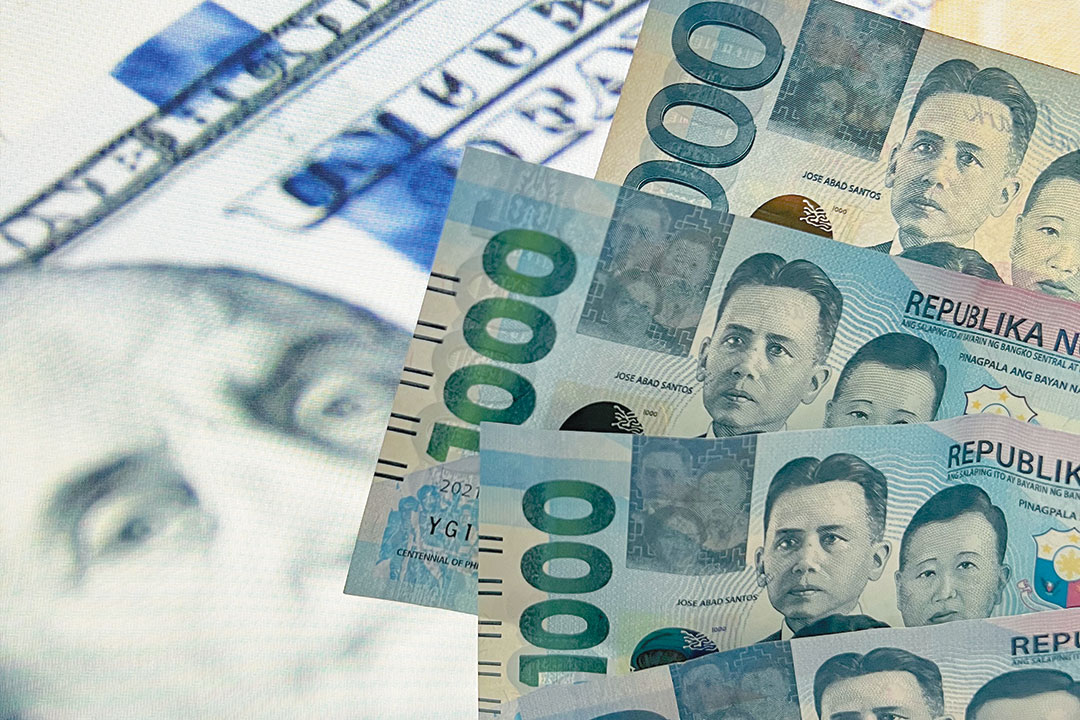 BW FILE PHOTO
BW FILE PHOTOTHE PESO snapped its six-day winning run against the dollar on Wednesday on better-than-expected US economic data, which led players to reconsider their bets on the timing of the US Federal Reserve’s next rate cut.
The local unit closed at P56.365 per dollar on Wednesday, dropping by 6.5 centavos from its P56.30 finish on Tuesday, Bankers Association of the Philippines data showed.
The peso opened the session stronger at P56.27 against the dollar. Its intraday best was at P56.26, while it dropped to as low as P56.42 versus the greenback.
Dollars traded fell to $1.59 billion on Wednesday from $1.97 billion on Tuesday.
“The dollar-peso closed higher on the dollar’s recovery overnight following the strong ISM (Institute for Supply Management) data and JOLTS (Job Openings and Labor Turnover Survey),” a trader said in a phone interview.
Sentiment was also dragged by renewed global trade uncertainties as the July 9 deadline for the Trump administration’s planned reciprocal tariffs looms, along with concerns over the fiscal health of the world’s largest economy, Rizal Commercial Banking Corp. Chief Economist Michael L. Ricafort said in a Viber message.
For Thursday, the trader expects the peso to move between P56.20 and P56.50 per dollar, while Mr. Ricafort said it could range from P56.25 to P56.45.
US job openings unexpectedly increased in May, but a decline in hiring added to signs that the labor market had shifted into lower gear amid uncertainty over the Trump administration’s tariffs on imports, with a 90-day pause on higher reciprocal duties drawing to an end, Reuters reported.
Anxiety over trade policy and ebbing labor market momentum was underscored by a survey from the ISM on Tuesday, with manufacturers variously describing the business environment as “hellacious” and “too volatile” for long-term procurement decisions.
Job openings, a measure of labor demand, were up 374,000 to 7.769 million by the last day of May, the Labor department’s Bureau of Labor Statistics said in its Job Openings and Labor Turnover Survey, or JOLTS report. Economists polled by Reuters had forecast 7.3 million vacancies. There were 1.07 jobs for every unemployed person, up from 1.03 in April.
Hiring, however, decreased 112,000 to 5.503 million, with declines concentrated in healthcare and social assistance, manufacturing as well as professional and business services. But hiring surged by 107,000 in accommodation and food services. The hires rate fell to 3.4% from 3.5%.
Economists say the lack of clarity on what happens after July 9, when the 90-day pause on President Donald J. Trump’s reciprocal tariffs expires, had left businesses unable to make long-term plans. A 90-day temporary reduction in tariffs between the US and China is due to end in mid-August. Treasury Secretary Scott Bessent said on Monday that trade partners could still face sharply higher tariffs next Wednesday.
Economists said the JOLTS report suggested the Federal Reserve could wait until September to resume cutting interest rates. The US central bank last month left its benchmark overnight interest rate in the 4.25%-4.5% range where it has been since December.
Fed Chair Jerome H. Powell on Tuesday reiterated the central bank’s plans to “wait and learn more” about the impact of tariffs on inflation before lowering interest rates.
Stocks on Wall Street fell. The dollar was little changed against a basket of currencies. US Treasury yields rose.
While the ISM’s manufacturing purchasing managers’ index nudged up to 49.0 in June from a six-month low of 48.5 in May, anecdotes from firms indicated tariffs were taking a toll. — A.M.C. Sy with Reuters

 5 days ago
1
5 days ago
1



















 English (US) ·
English (US) ·